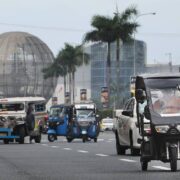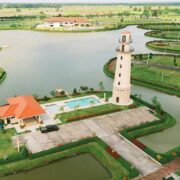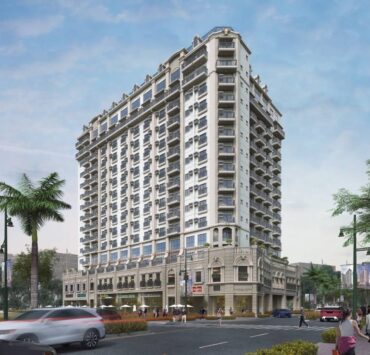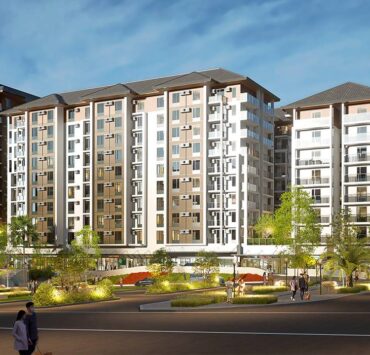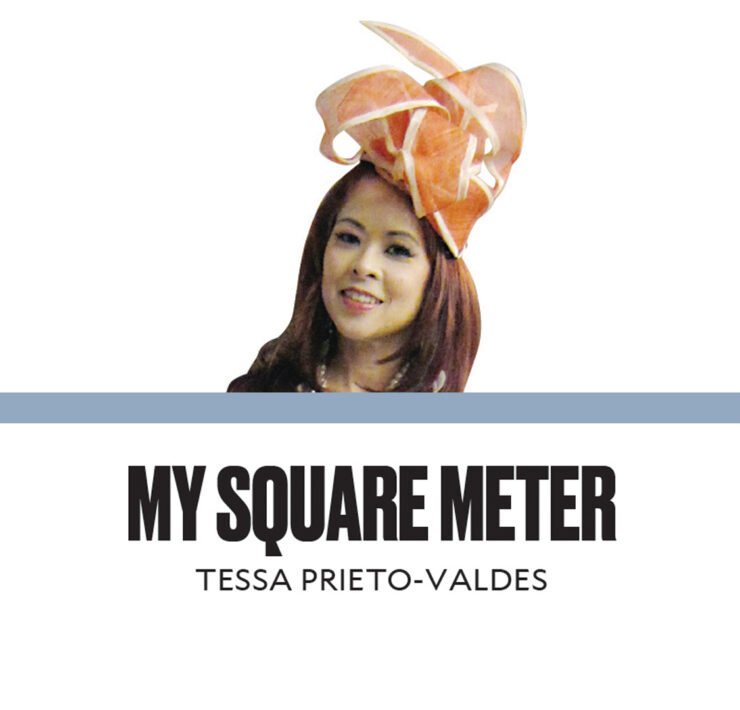‘See the Unseen’ wins the Philippine National James Dyson Award
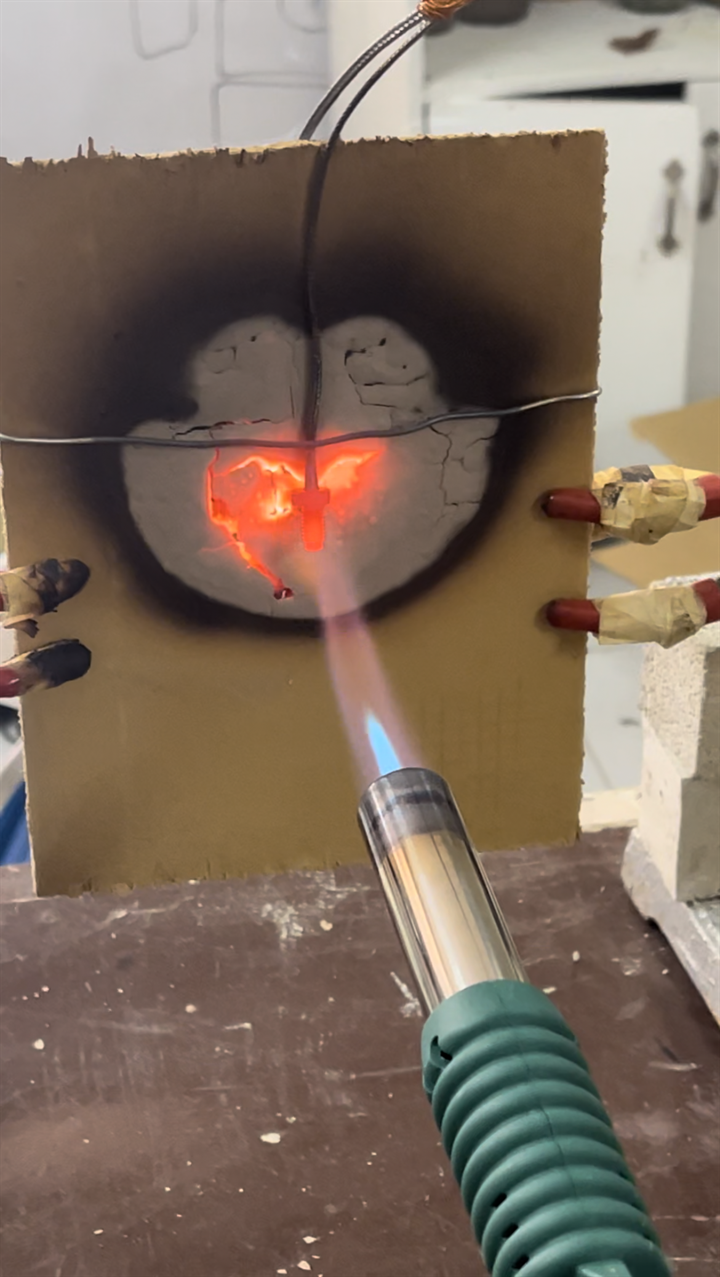
A team of young Filipino engineers has developed a groundbreaking underground monitoring system, RAMUN, which earned them the prestigious national award. The innovative system, created by Joseph Aristotle de Leon from De La Salle University-Manila, provides real-time video feeds of the Earth’s subsurface, offering significant advancements in environmental monitoring and urban planning.
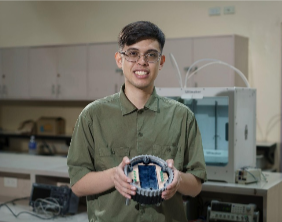
Tackling hidden environmental risks
Hazards, such as groundwater pollution, sinkholes, and landslides, occur beneath the Earth’s surface, often going unnoticed. In Metro Manila, the depletion and mismanagement of groundwater contribute to these challenges, which are exacerbated by frequent typhoons and poor urban planning.
The catastrophic events during Typhoon Enteng highlighted the urgent need for better monitoring systems to prevent disasters.
RAMUN (Resistivity Acquisition and Monitoring of the Underground), an intelligent monitoring solution, addresses these subsurface issues by providing near real-time footage.
It allows city planners, engineers, and environmentalists to better understand what is happening underground, leading to more informed decisions on managing resources like groundwater, preventing soil liquefaction, and avoiding structural hazards.
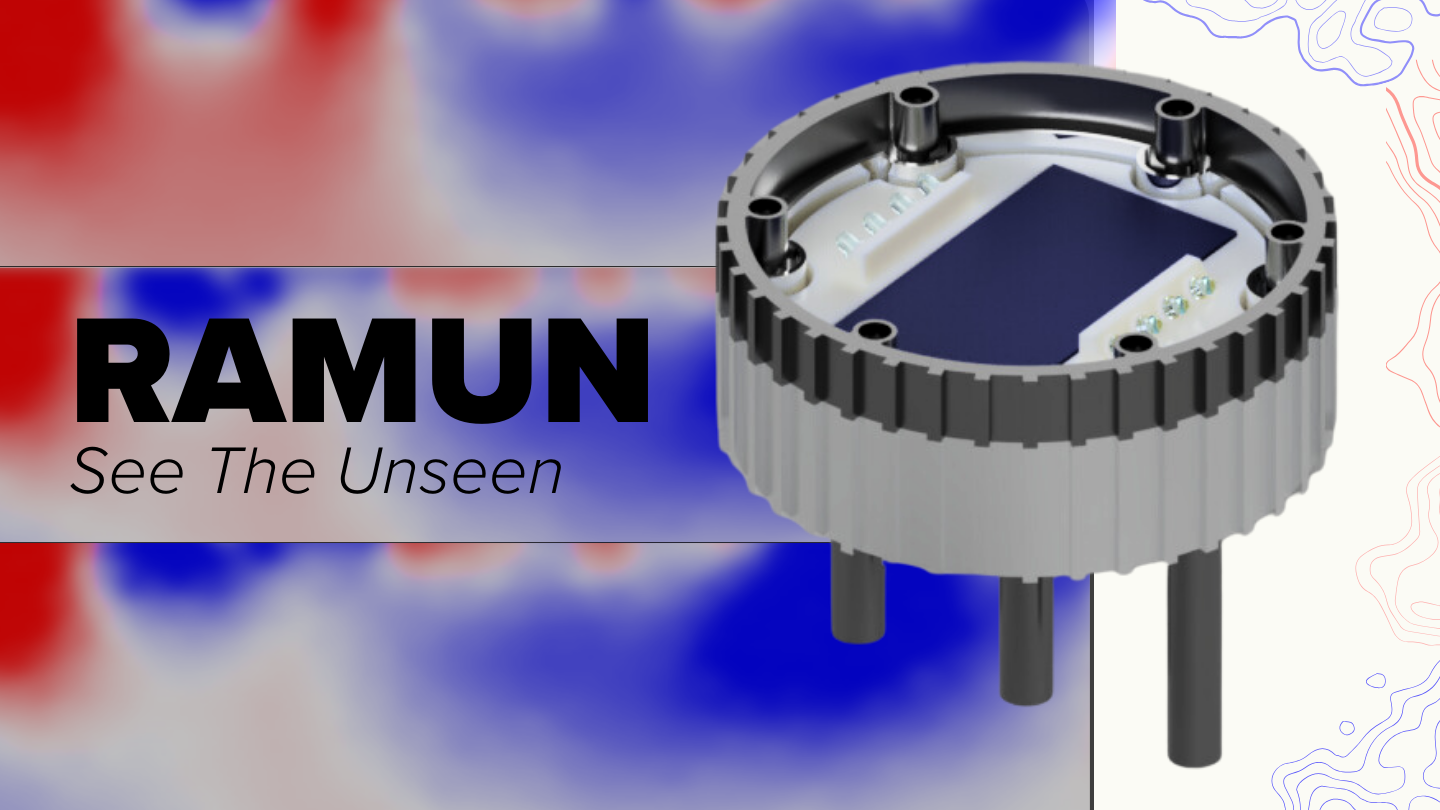
Game-changer in subsurface monitoring
RAMUN is designed to operate seamlessly in urban areas, where traditional monitoring technologies struggle.
It is flexible enough to be deployed in various settings, from construction sites to delicate ecosystems, offering continuous video feeds of underground activities.
De Leon developed RAMUN after recognizing the limitations of existing subsurface monitoring technologies, particularly in highly populated areas like Metro Manila. His invention aims to provide an accessible, efficient, and sustainable solution to managing underground resources.
“RAMUN allows us to explore the resources beneath the earth’s surface and ensure that they are used sustainably and properly to maximize their benefits for the masses,” de Leon said.
The technology has the potential to be a critical tool in urban planning, as it helps cities better prepare for natural disasters and optimize the use of their subsurface resources.
With the support of the P348,000 national prize, de Leon and his team are working to bring RAMUN to real-world applications, starting with installation in urban environments.
Sustainable innovations
The national runners-up also presented remarkable solutions addressing environmental and safety challenges in the Philippines.
GeopolyCement, created by Ynna Nichole Ilogon and Rodel Jr. Remolana, offers a low-carbon alternative to traditional cement, reducing greenhouse gas emissions in the construction industry. Made from agro-industrial waste, it provides a sustainable solution to urbanization without compromising strength and durability.
Fire GeoPrimer, developed by King Zhytt Driz and Alonzo Gabriel Limocon, is a flame-retardant primer coating that uses agro-industrial waste to improve fire resistance in wood-based structures, addressing fire safety and environmental pollution.
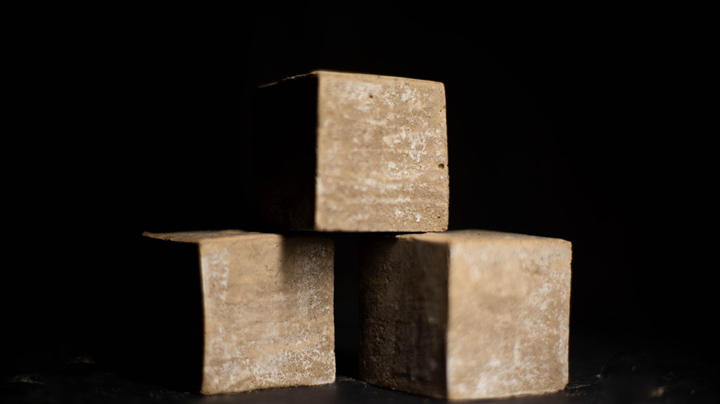
James Dyson Award
The James Dyson Award, an international design competition, encourages young engineers to tackle global challenges through innovation. RAMUN, along with GeopolyCement and Fire GeoPrimer, will progress to the next stage of the competition, where they will compete for international recognition and additional funding.

The competition’s next phase will see the top 20 projects selected by Dyson engineers, with final global winners chosen by Sir James Dyson himself.
With inventions like RAMUN, these young Filipino engineers are paving the way for a future where we can better understand and protect our planet, using cutting-edge technology to create safer, more resilient communities.












